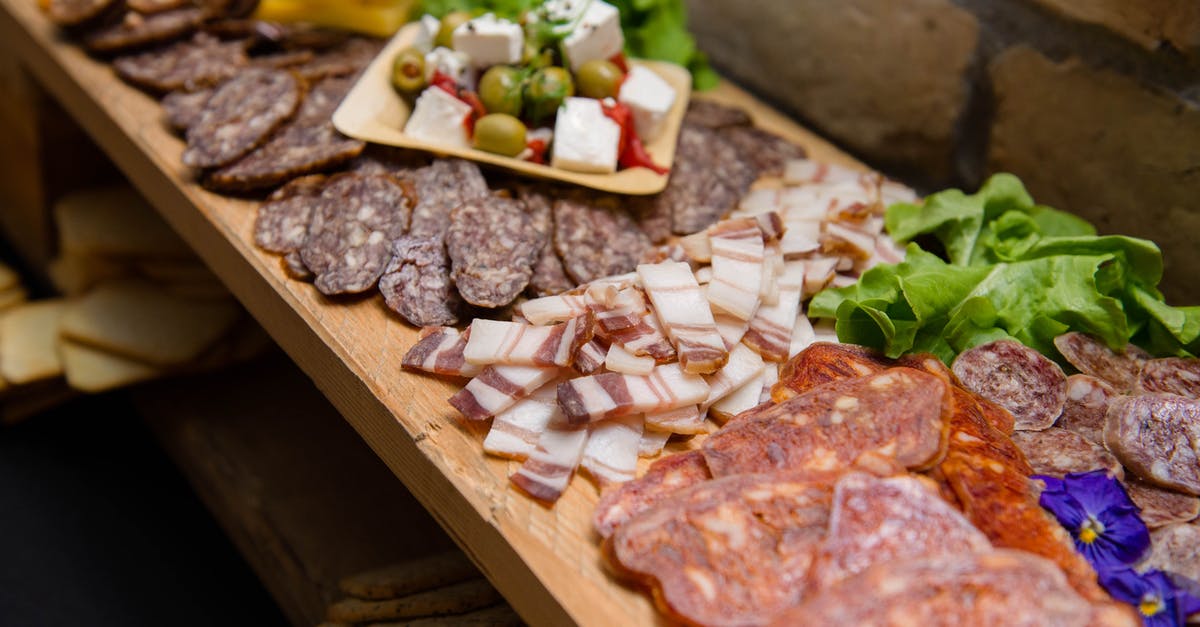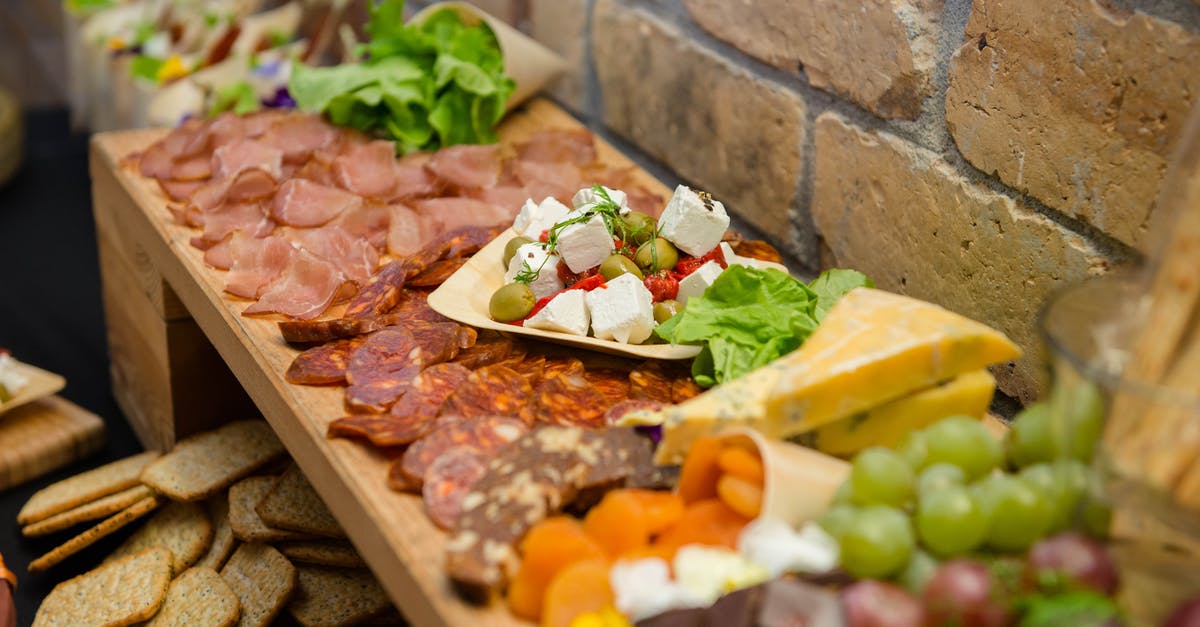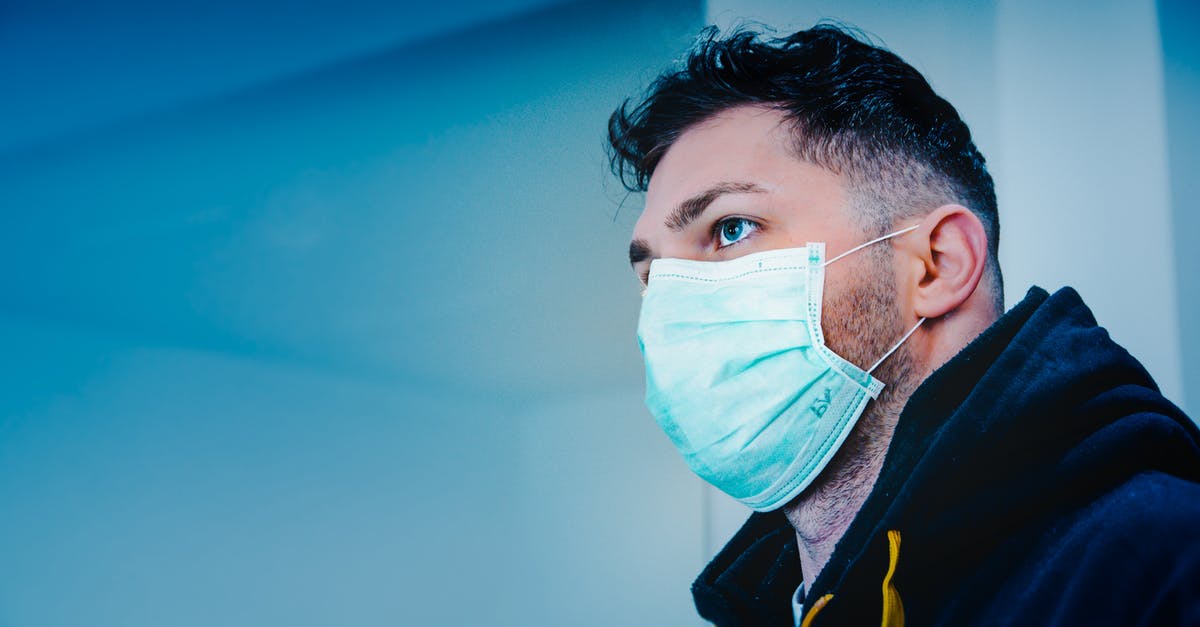Cold smoked bacon biltong safety

Just looking for a safety/sanity check here regarding making biltong from cold smoked bacon.
I would like to make bacon biltong using a recipe similar to this one:
1 kilogram Back bacon
4 tablespoons salt
1 tablespoon ground black pepper
1 tablespoon chilli spice
125 millilitres white vinegar
How to make it
1. Place a layer of bacon in a glass dish.
2. Sprinkle with dry spice mix.
3. place next layer of bacon.
4. Spice and repeat till all bacon spiced.
5. sprinkle over vinegar.
6. cover with plastic wrap and rest for 4 hours.
7. Hang to dry, approx 2 days.
I make my own bacon (dry cure, EQC method with the cure + salt measured out to the nearest 0.01g using the calculator at http://www.diggingdogfarm.com/page2.html).
Recently I have moved from hot smoking to cold smoking and am concerned about the safety of making biltong from cold smoked bacon.
I understand the cure and salt kill off most/all micro-organisms, and a dry cure should in theory leave it fairly safe. Is this a reasonable assumption or am I being foolish? Would it be significantly safer to use hot smoked bacon or is there really no practical difference after 10 days of curing + smoking?
(Typically I would do 2 x 8 smoking sessions - the temperature is fairly well maintained/monitored through-out)
Best Answer
Caveat: I have never made biltong...in fact, I had to look it up. I do make cured meats like pancetta, dried sausages, and bacon. By way of example, pancetta is essentially bacon that is not smoked at all. I use a salt and spice cure, then air dry to reduce the original weight by 30%. It is then refrigerated. It can be eaten raw, but in most applications is cooked.
My thinking is that if you are using nitrites/nitrates and salt in your bacon cure, you are greatly reducing risk. Then, as I understand it, biltong is a dried product. So, reducing water activity further reduces risk. In addition, the vinegar creates an acidic environment...also inhospitable to spores and bacteria. This generally sounds safe to me, but my only question would be about the "hang to dry, approximately 2 days." As I am unfamiliar with the product, I don't know what final texture you are trying to achieve. In general, dry curing shoots for a 30% reduction in weight (the safety reason for this is a reduction of water activity). If you are going for a jerky-like texture, 2 days doesn't sound like much to me. I see recipes online calling for at least a week of hanging. Overall, though, I can't see how this would be an environment that micro-organisms would thrive in. I am not a microbiologist or food safety specialist. Just someone who reads and applies what I've learned, so I would be happy to be corrected if any of this sounds off-base.
Pictures about "Cold smoked bacon biltong safety"



Is cold smoked bacon safe?
Cold Smoking bacon is safe if quality meat is used, it's handled hygienically using food-safe principles, cured properly and cold smoked under 68\xb0F / 20\xb0C.Is bacon biltong raw?
It can be eaten raw, but in most applications is cooked. My thinking is that if you are using nitrites/nitrates and salt in your bacon cure, you are greatly reducing risk. Then, as I understand it, biltong is a dried product.Is cold smoked bacon cooked?
Introduction: Makin' Bacon - a Guide to Cold Smoking Bacon Effectively you cure your meat and then smoke in in low temps so the smoked takes to the protein but doesn't cook it.Beginners Introduction to Cold Smoking Meat \u0026 Food
More answers regarding cold smoked bacon biltong safety
Answer 2
2 days isn't long if the rashers are even slightly separated. If it's being hung as a single stack, then yes that sounds short. You could weigh it - if it loses 20+% then you're good
Sources: Stack Exchange - This article follows the attribution requirements of Stack Exchange and is licensed under CC BY-SA 3.0.
Images: Milan, Milan, Luciann Photography, Ivars
